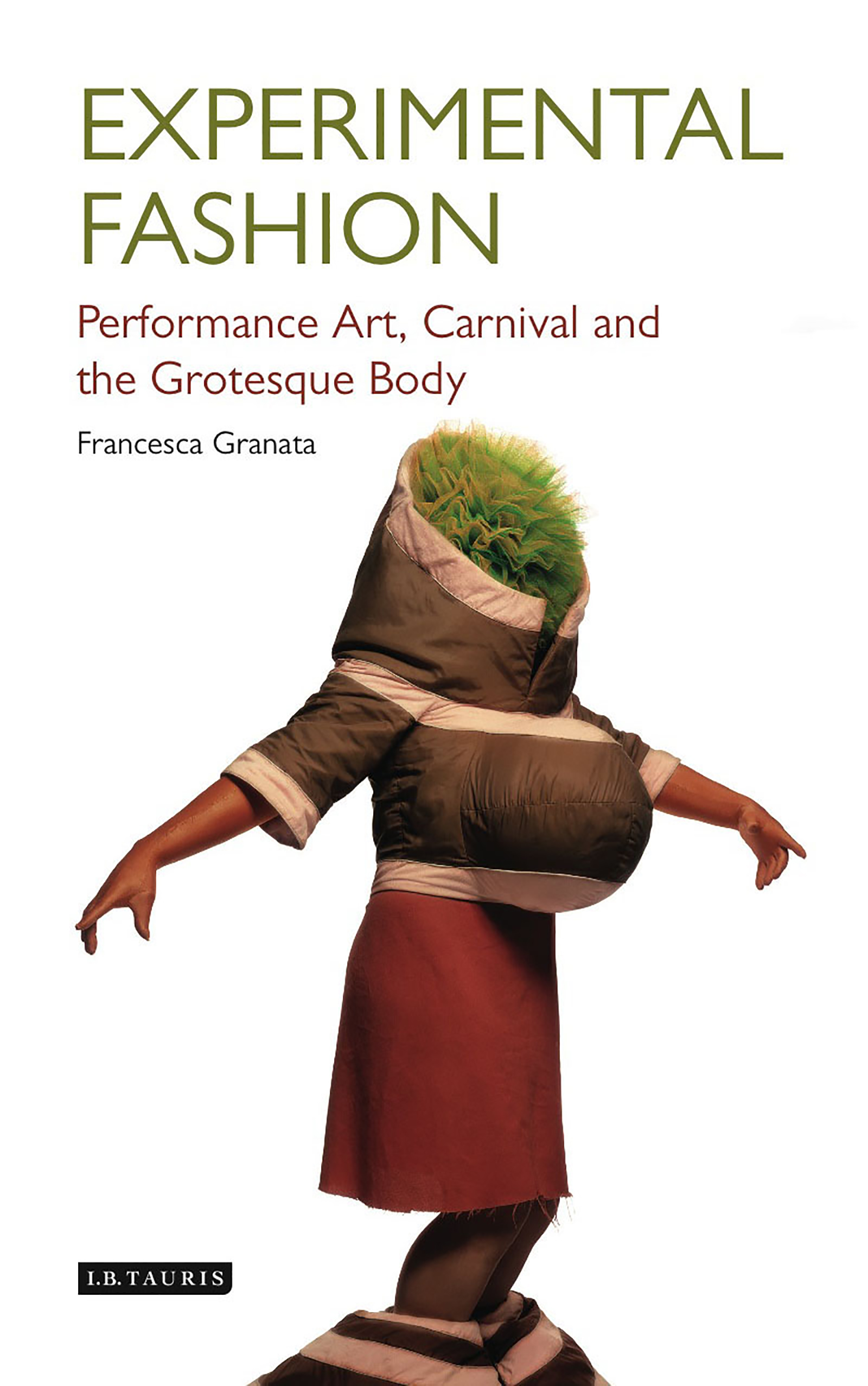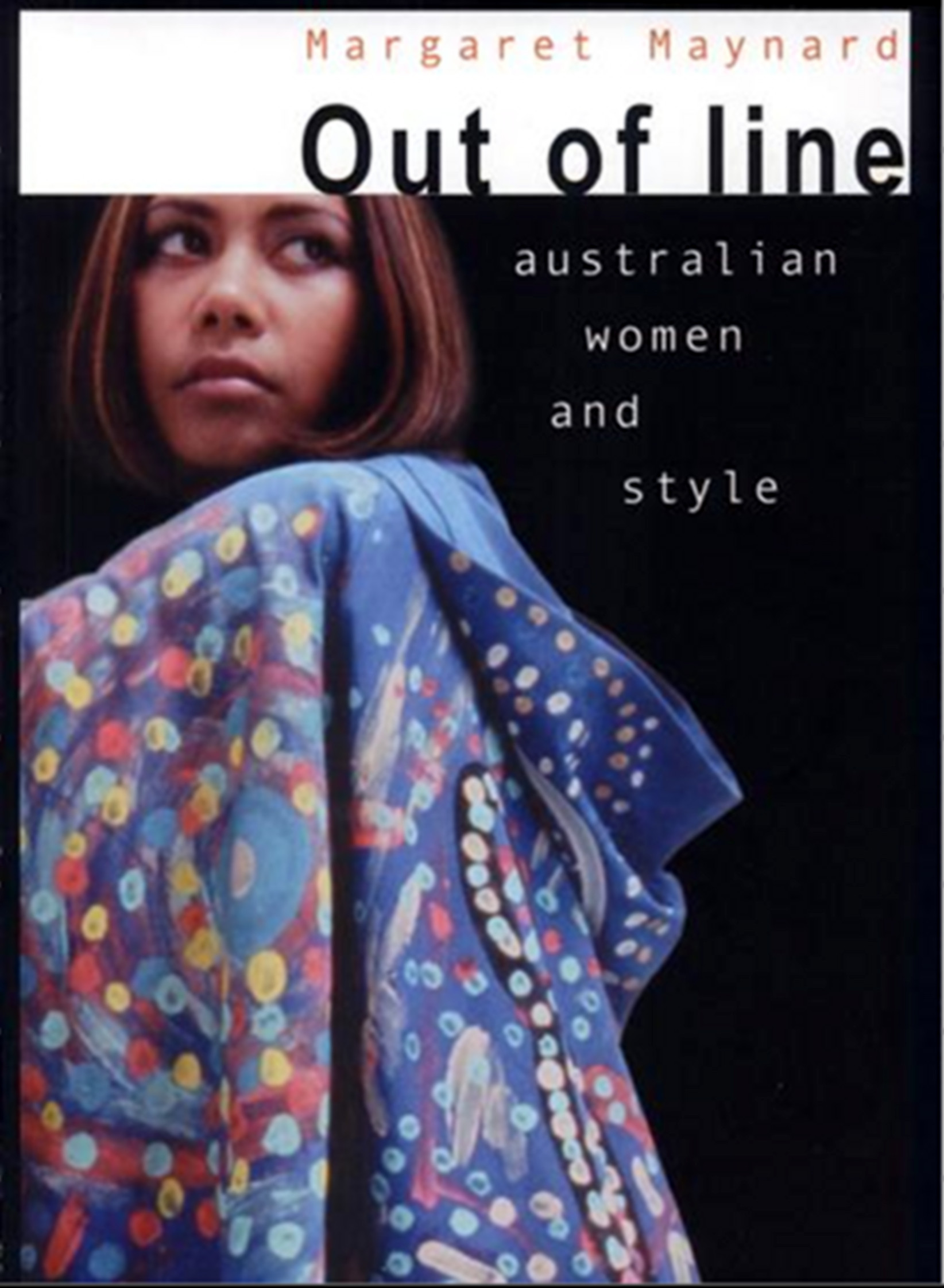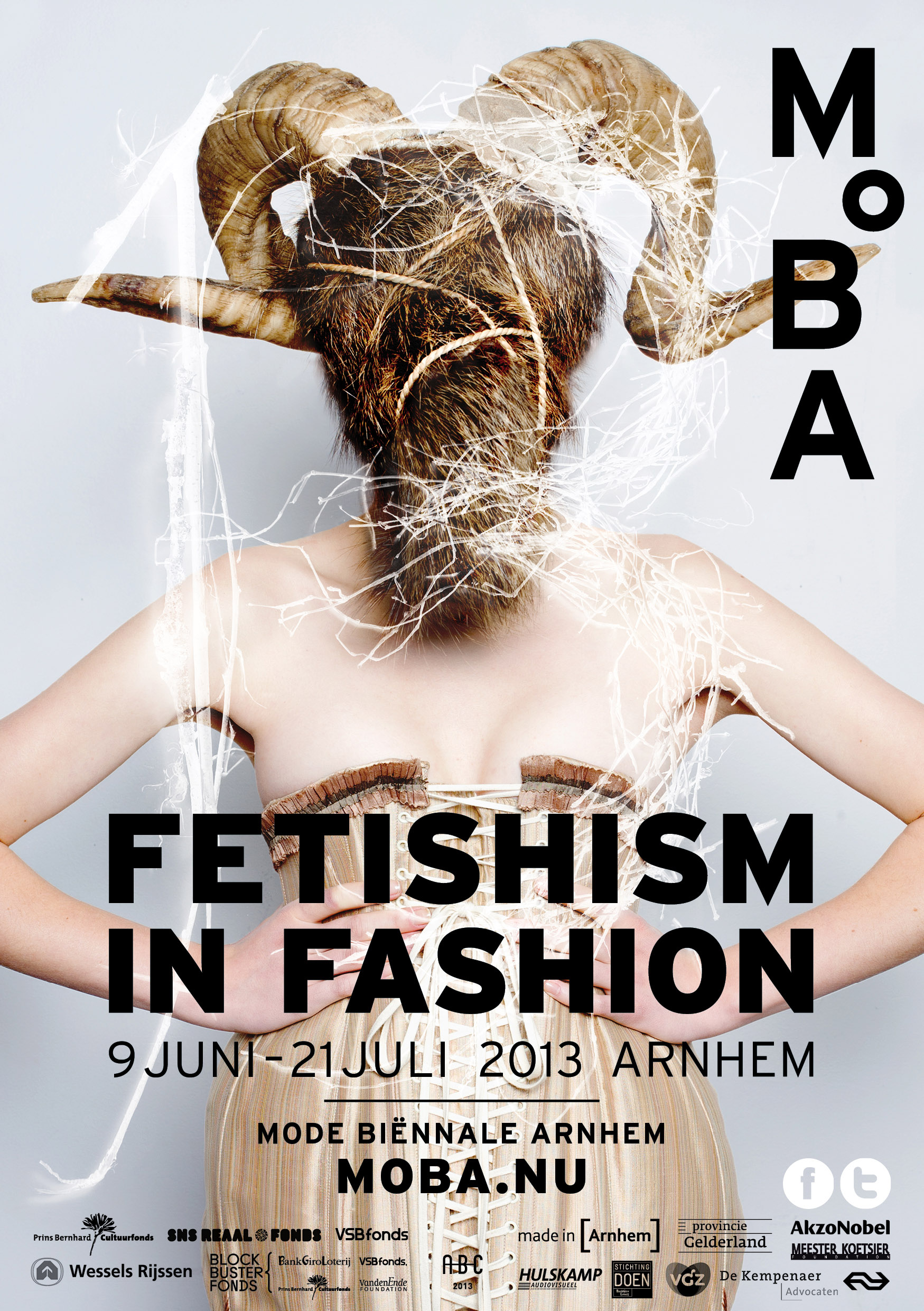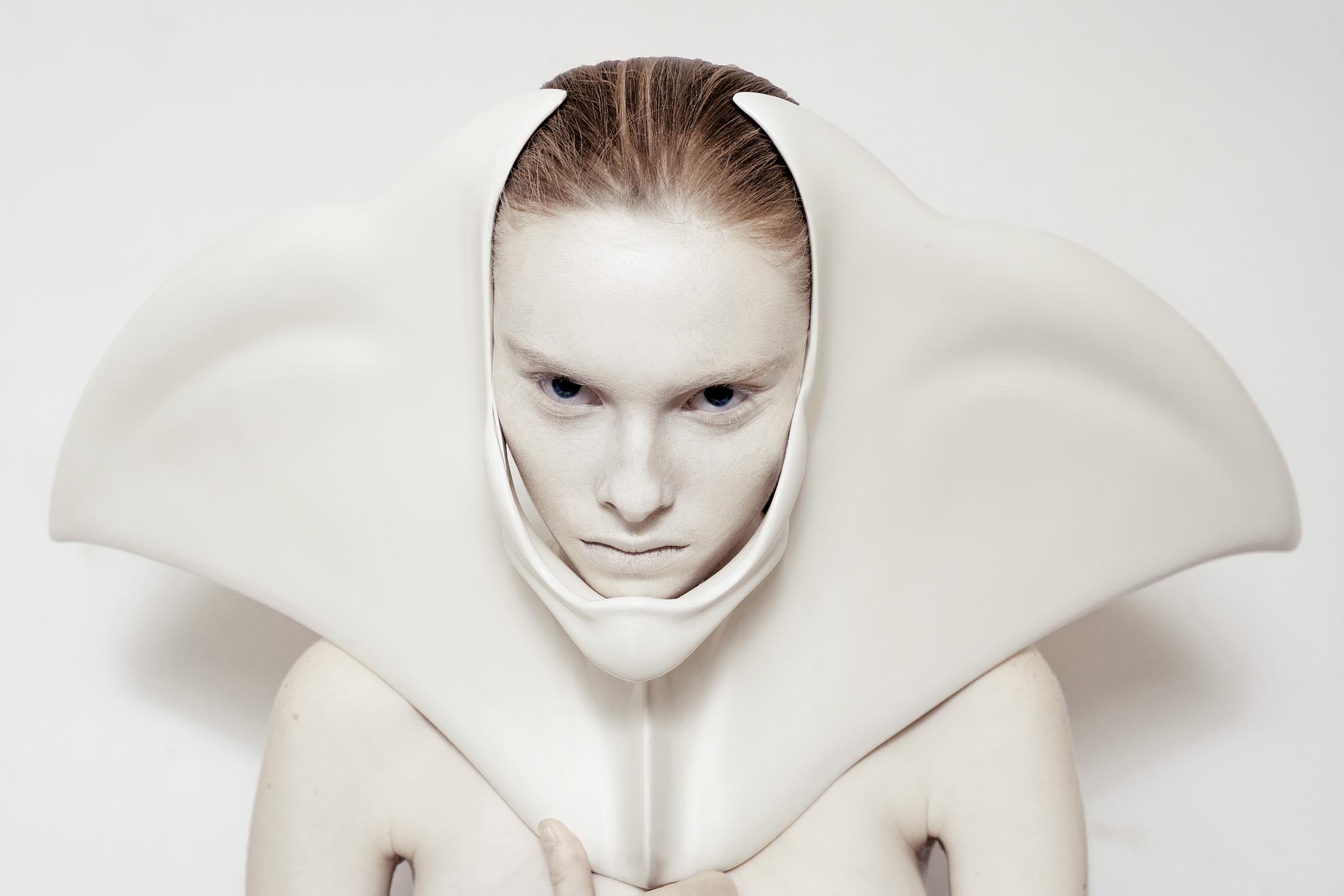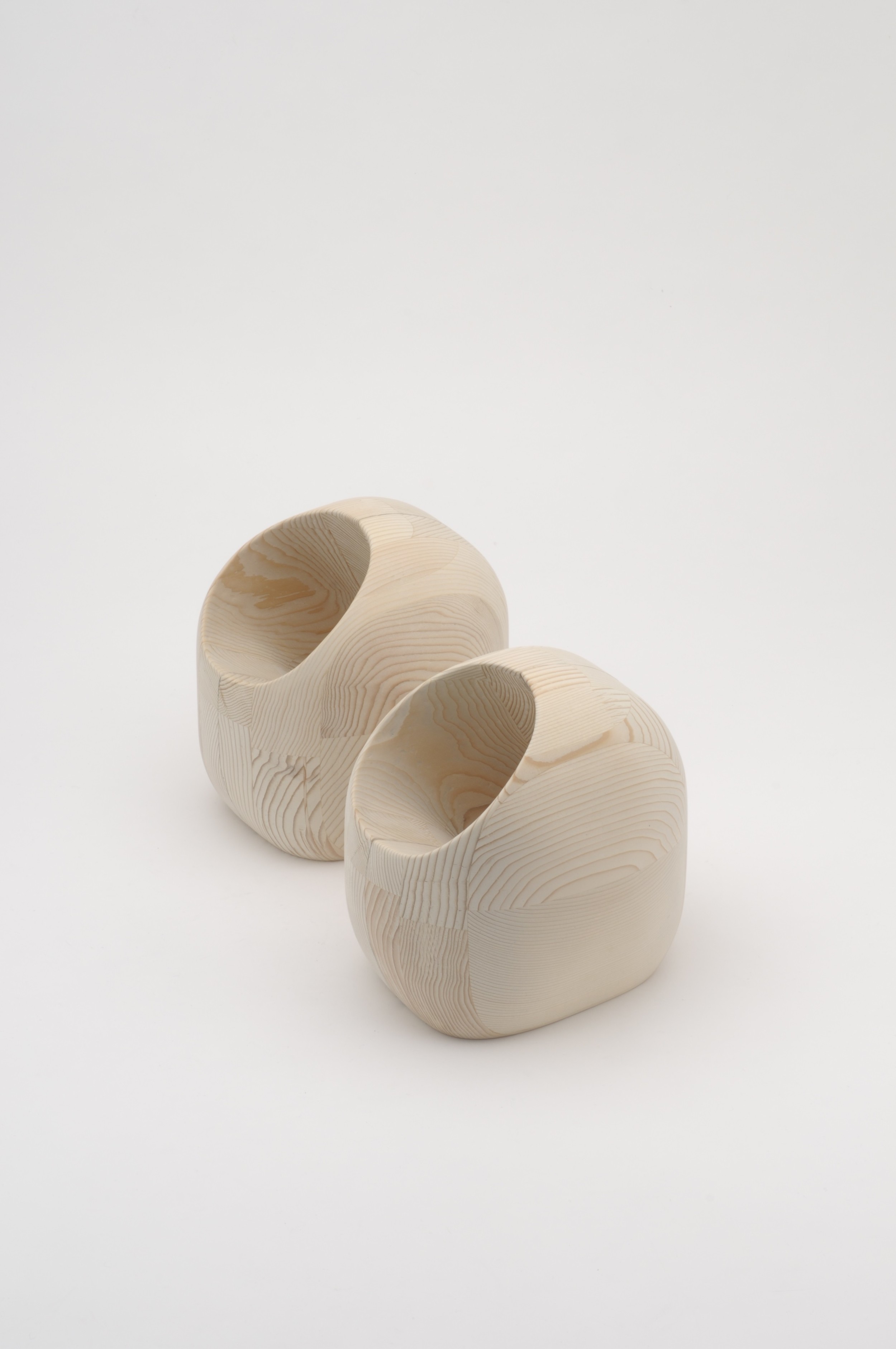On "Fashioning the Self in Slavery and Freedom": An Interview with Jonathan M. Square
/by Tzuni Lopez Montgomery
Dr. Jonathan M. Square is a historian whose work devotes a pronounced attention to the sartorial practices of enslaved subjects. His long-term digital archival project, Fashioning the Self in Slavery and Freedom, appears on Facebook, Instagram, Tumblr, Twitter, and YouTube, and has prompted the development of two limited run magazines of the same title and two conferences called “Fashioning the Black Body in Bondage and Freedom” (2017) and “Community Curating: Stitching Together the History of a People” (2017). He is currently a faculty member at Harvard University where he has taught the classes “Black Beauty Culture,” “Black Visuality In the Digital Age,” and “Fashion and Slavery,” and was formerly a faculty member at Parsons School of Design where he taught the class “Fashion and Justice.” He has curated three shows on Harvard University’s campus including Odalisque Atlas: White History as Told through Art (2019), Freedom from Truth: Self-Portraits of Nell Painter (2019), and Slavery in the Hands of Harvard (2019).
We met on ZOOM, as this interview occurred during COVID-19 social distancing restrictions while I was in Los Angeles, CA and he was in Brooklyn, NY.
FP: Can you maybe speak to Fashioning the Self for people who are unfamiliar with the project?
JMS: So I founded and edit the digital humanities project Fashioning the Self in Slavery and Freedom. It’s a curated platform that explores the intersection between slavery in the fashion system, and I use a variety of social media platforms. The project so far has amassed close to eleven thousand followers just on its Facebook. On Instagram it’s about seven thousand. And the followers are academics, curators, costume designers, artists, and also just interested laypersons.
FP: How did you develop this to begin with?
JMS: Well, the reason why it’s expanded so much is because the project initially just started with me sharing a lot of archival images of enslaved or formerly enslaved people. And I felt like I was cheating, I felt like I was just taking information that other people had created in the past and just sort of building a platform based on that. And I wanted to create original content. And that was the impetus behind the magazines. So not only do I want to share knowledge that’s already created, but I want to create my own knowledge and share it with the public.
It started while I was doing the PhD at New York University. I actually, in a weird way, fashioned myself into a fashion scholar while I was doing the PhD. By the time I finished, I was identifying with the field of fashion studies. And the project, Fashioning the Self in Slavery and Freedom, was actually an outgrowth of a course that I created. And when I created this course, I also created a Facebook page for the course as a way for students to engage with the course material outside of class using social media. And the course was cancelled because of low enrollment. But I had already set up the Facebook page. And I was like, “You know what? I’m going teach the class anyway using social media.”
FP: It’s more accessible in that way then, that’s great.
JMS: I felt sort of empowered by social media in a way that I don’t think would have been possible a decade ago. And also, when I teach, I like for there always to be some sort of outward facing component. I teach a class called “Black Beauty Culture” and in that class, for two semesters in a row, students created an online magazine. And I’ve often had my students curate pop-up exhibitions for a class. So, I’m always trying to include some sort of element that’s facing outward.
FP: I love the idea of teaching pedagogy being the starting point. Do you feel like the mold that you created originally for the Facebook page—that has now existed on so many other surfaces—has retained that same class oriented structure?
JMS: Absolutely. I feel like at the end of the day, over anything else, I identify as an educator. And even at times when I identify as a writer or a curator, I think the point of my writing and the point of my curation—or any of my creative pursuits—is to educate. So that’s always sort of the core of what I’m doing.
FP: Speaking of curation, can you maybe speak a bit more about the curatorial projects you’ve brought to life?
JMS: So last year I curated two shows that were on Harvard’s campus. One was called Slavery in the Hands of Harvard. And in that show I paired archival materials and documents that are in Harvard’s permanent collection, and I paired it with contemporary art. And the archival materials and documents that I chose sort of touched on Harvard’s connection to slavery. And I chose contemporary art pieces by artists whose work grappled with the legacy of slavery in some respect. So it wasn’t so much a fashion exhibition, even though there were elements of fashion theory in the show, if that makes sense. I also curated two solo shows of the work of a historian now artist—Neil Irvin Painter.
FP: So your primary historical focus tends to orient around fashion, and a lot of these large-scale institutions don’t tend to preserve fashion to the same extent. What history do you feel has been lost on account of the de-prioritization of fashion within those spheres?
JMS: Yeah, it’s interesting, Harvard has no fashion collection that I know of. And for students at Harvard that are interested in fashion, they actually suffer a little bit, because there’s really no place for them. They end up either doing art history or a humanities major. But it’s a shame because fashion is a key component to understanding history. And in my particular case, it’s a key component to understanding the history of slavery. And I feel like if you don’t consider the genesis of the fashion system—and in particular, the growth of the ready-made clothing industry—then you’re missing really important information about the development of slavery and its relationship to global capitalism.
People focus on slavery in academia. There’s a robust group of scholars who specialize in the history of slavery in American universities, but there’s less focus on fashion outside of art schools or fashion schools. And I think what’s lost is individuals. It’s easy—and I have to say, I’m really guilty of this too—to focus on structures, to focus on the economy, to focus on the government, to focus on networks of capital, and forget about human beings. But you know, slavery was a system that was made up of individuals with unique personalities who woke up and got dressed every morning. Enslaved people rarely had access to the press or to governmental bodies, but they had access to their own bodies and how they styled their bodies. And so I think there’s a lot of political information that’s encoded in how enslaved people dress themselves.
I feel like anything associated with the body is seen as base within academia. So if you study intellectual history, you know, you’re an economist or a political scientist, or a philosopher, anything about the “life of the mind.” Anything lofty, that’s considered worthy of academic inquiry. Anything associated with the human body is considered base, even though the mind is part of the body. Things like food studies or fashion studies get sidelined because they are considered effects of the economy. Fashion is just an effect of capitalism, they think. Fashion is just an effect of regime change, they say. Instead of it being in dialogue with each other—like fashion is shaping the economy. Food is shaping governmental regimes. Like it’s a dialogue, it’s not just a governmental imposition. So I think, yeah, the focus on fashion reorients the conversation by saying that it’s actually central to understanding something like slavery. Because if you’re not considering the genesis of the fashion system, then you’re not really understanding the history of slavery because fashion, to this day, is based in coerced labor.
FP: Do you feel like that’s the case within the curatorial context as well? Has there been much attention devoted to visually representing the enslaved experience within an exhibition space?
JMS: Ooh, that’s a tricky question. It’s tricky because pieces worn by enslaved people—there’s very few surviving pieces in fashion collections. I probably know of all of them.
FP: Really?
JMS: It’s probably, like, thirty-something pieces spread out throughout the entire country. Because, I mean, for most enslaved peoples, clothing was used for utilitarian purposes. And of course they had special pieces that they wore on Sundays, or on holidays, or on time off—but those pieces weren’t preserved in fashion collections. So to have a fashion exhibition of clothing worn by enslaved people would take a lot of effort. I would love to do it. Honestly, I think a lot of pieces—I mean, you would have to be very careful. They wouldn’t be able to be put on mannequins because they’re just too delicate. But I think what you can do is recreate pieces worn by enslaved people.
FP: You’ve previously said that a large part of your fashion interests is predicated on the fact that “fashion is one of the few arenas in which slaves could possibly exert a modicum of control.” If you’re utilizing the historical documents of the oppressor, as many collections tend to prioritize this point of view in the objects they’ve acquired, how do you manage to empower the viewpoint of the enslaved person? Especially when you don’t have access to sartorial material?
JMS: Yeah, I really like this question. I feel it lies at the crux of me as a scholar. It’s my daily struggle. Because, you know, I literally think about the experience of enslaved people on a daily basis. But, you know, most of the time, I don’t have access to any written testimonies or interviews with these enslaved peoples. And all we have is images—rarely a garment—so I have to grasp for straws. But I also think there’s a lot of opportunity in that, instead of thinking of it as a problem. I think it’s actually generative. So I try to let the objects speak for themselves. For example, in the Zealy daguerreotypes, there’s a lot of information that you can glean just from looking at the eyes of the sitters. Because the enslaved subjects of Zealy’s daguerreotypes weren’t able to leave any written testimony about their lives, you have to really do some critical seeing and close visual analysis, which is at the heart of what I do. But your question is really important, and I think a lot of scholars of slavery think often, about this question of agency, and resurrecting the stories of enslaved people. It’s something I try to do in my work, not just in my curation but in my writing, in my teaching, on Fashioning the Self.
FP: Within your Slavery in the Hands of Harvard show, you were using the university’s own collection, and needing to work through their own framework and the things that they prioritize. But you were able to create this reflective environment, where it was able to shine the mirror back onto the institution itself using its own objects. Can you maybe speak to that reflective process a bit and talk about how you chose the specific objects that you chose to showcase there?
JMS: Well, my process for curating the exhibition, I had two means of doing that. One was my own research. The other was my own reading on the topic and really important conversations.
So, in terms of with my own research, I did a lot of readings on the Zealy daguerreotypes, which were a series of photos that were taken of enslaved men and women on a South Carolina plantation. They were commissioned by a Harvard professor named Louis Agassiz. He hired a photographer who was based in Columbia, South Carolina whose name was Joseph T. Zealy. And Joseph T. Zealy photographed these enslaved peoples and sent them to Louis Agassiz, and Louis Agassiz essentially used them to back up his racist ideas about how, people of African descent were inferior. And they were archived at Harvard, and they were essentially forgotten about for decades. And they were found in an attic in the 1970s. And since the 1970s they’ve been the source of a lot of scholarship on visual culture and slavery.
And also I just had a lot of really powerful conversations with scholars and artists; so for instance, I spoke with the artist Nona Faustine, and we were talking about the Zealy daguerreotypes. And she told me, “you know, I read a book called Delia’s Tears, which is about one of the enslaved women who was photographed by Joseph T. Zealy. That was one of the inspirations for the series that I did.” So, I included one of her pieces in the show
I did a studio visit with the artist named Noel Anderson. And I told him, “You know, I’m curating this show on Harvard’s connection to slavery. Do you have anything that might work for this show?” He said, “I don’t, but I have an idea for a piece I can create.” He created this piece titled “Henry/Renty” for the exhibition. On July 16, 2009, Harvard University professor Henry Louis Gates was arrested at his Cambridge home by police officer James Crowley, who was responding to a 9-1-1 caller’s report of men breaking and entering the residence. Gates was arrested for disorderly conduct, charges which were later dropped. The arrest sparked a national debate about the persistence of racial profiling, regardless of age, educational attainment, or prominence within scholarly communities. Anderson took this incident as a point of departure for this piece that explores power and control of the photographic image vis-à-vis black men. Though over a century and a half apart, the piece exposes continuities in discrimination in the African American experience.
I also spoke with a scholar named Caitlin DeAngelis Hopkins—who at the time was the Harvard and Slavery fellow—Harvard has since defunded this program, unfortunately, but I think they’re probably going to put more funds in it now given the conversations about race and representation that are happening. I think there’s more impetus around studying this connection. But at the time, they had a fellow, whose sole purpose was to study the University’s connection to slavery. And I met with her several times, and she actually told me about a lot of things that I didn’t even know about, even though I’d done a lot of research on the University’s connection to slavery. So for instance, she told me about the tuition bill that was paid for with sugar in the 18th century—and I actually hadn’t known about that document. So, I actually included a reproduction of that document in the exhibition, and I paired it with a reproduction of Kara Walker’s Sugar Baby installation.
I also created a piece, an artwork in the show, and I took my diplomas, and I painted over them. So, I had a conversation with myself (laughs) for the exhibition.
FP: I love the idea of curator as artist as well, and so the fact that you inserted yourself into this actual exhibition through your own work: what was that experience like?
JMS: I’m not a trained curator. I’m an academic. So, my method of curation is very unorthodox in a lot of ways—I just sort of do it organically. But I’m also a creative person, and so, I don’t know, one day—I’ve always held on to my diplomas. Not because I have some sort of attachment to them, but just because it’s something that you’re supposed to do—I don’t really care about it, it’s just a piece of paper to me. It’s the process of doing the work to get the diploma that meant more to me than the actual diploma. But I’ve held on to them, they’ve gone from apartment to apartment in a little sleeve. And I slid them under my bed. And I was just sitting there, reflecting on being an African American man, having three degrees, being a professor, and knowing that these universities have this problematic history that they’re not really grappling with in any substantive way. One day I just pulled them out and started painting over them and I created these pieces. And I actually tried to draw a connection between diplomas and freedom papers carried by enslaved peoples.
FP: I feel like that carries such a strong affective nature, especially when considering who would be coming in contact with the work at an institution of higher education.
JMS: It’s funny, people were horrified when I would give tours of the exhibition and I’d say “I actually created this piece, and these are my diplomas I’ve painted over.” They’d ask me if they were copies. I would tell them that they were my actual diplomas to their chagrin.
FP: I love that. I feel like people apply a weird sanctity to them even though it’s really about the knowledge you gain from an institution rather than having the evidence that you’ve gone through the curriculum. Well with the conversations that are erupting on the mainstream on account of the Black Lives Matter movement about contemporary structures like the prison industrial complex, how do you see sartorial codes of resistance being represented in our contemporary moment?
JMS: Yeah, it’s interesting, because I feel Black lives are trending right now. But they’re not trending—, they’ve always been trending for me. It’s not a new thing. You know, every day is Juneteenth on Fashioning the Self. I’ve been doing these posts before this current moment; I’ll continue doing these posts after Black lives aren’t trending. When the novelty wears off. But I have to say that one thing that I’ve noticed is that I’ve gotten greater visibility. And that people are listening closer. So it’s sort of forced me to take my role as an educator and public intellectual more seriously.
[In regards to sartorial codes,] I see two things happening. I’m seeing some Black Americans retreating to what might be called respectability politics. So, for instance … in Omaha, Nebraska there was a march staged and several Black men in suits led the march. And part of me thinks that’s problematic because being a Black feminist, I actually think it’s Black women who have led the charge in most radical movements. So I kind of took umbrage with these Black men wearing suits and sort of leading the charge … suits won’t protect you from bullets. I feel like that lesson has been learned decades ago … I understand where they’re coming from; you have these ideas about Black men and we’re going to counteract that by wearing the suit which has long been associated with cis het maleness and respectability. So I get the impulse to do that, but I just don’t think—and it’s long been proven—that it’s not effective. Wearing a suit is not going to protect you from state sanctioned violence. And then, of course, I think on the other side, I think people are sort of leaning into their Blackness. And embracing the sartorial ingenuity of the African diaspora, whether it’s wearing prints that reflect African heritage in some respect, or wearing head wraps, or wearing something that’s a visual cue to African pride or African diasporic pride. So I see two sides, two sort of camps that are developing.
FP: Do you have any new plans on account of the “new COVID world” where a lot of life is more enmeshed in the digital realm?
JMS: You’ve probably noticed that I’m very active on social media. And I’ve always been a big proponent of digital humanities projects. I think I’m almost like a higher education abolitionist if that makes sense. I want to democratize higher education, I think it should be accessible to everyone. I hate that people don’t go to school because it’s costly. I think that’s a shame. And I try to share the information that I have in my classes and make it available online. For example, if you go to my website, most of my syllabi are web based, and you can see what I teach in my classes, and you can click on the links and be sent to the readings. So you can almost take the class yourself if you want to. So I’m really trying to radicalize my pedagogical practice. And I think social media is really instrumental in that. But also, it’s a double-edged sword, I have to be honest. I think social media doesn’t always lend itself to thoughtful reflection and critical analysis. I am an aesthete. I’m a visual person, like I’m a material person. So I get—I get Instagram. I get Facebook, but what frustrates me about it is that everything has to be driven by a compelling image. And in the case of enslaved people, sometimes there’s some amazing stories, but sometimes there just isn’t that beautiful, compelling image to go along with it. And so, you know, there’s been times when I’ve worked really hard on a post or a YouTube video, but it wasn’t attached to an object or an image, and it just didn’t get the traction just because there wasn’t that visual element.
I’m really into radical approaches to higher education and expanding the conversation. I’m inspired by other academics, but I’m also inspired by artists, and I’m inspired by curators. I feel social media lends itself to those kind of conversations in a way that higher education doesn’t. I’ve been taking my IG Lives and posting them on YouTube in an attempt to create my own stand-alone institution.
I’ve been thinking about that a lot. Because, you know, I really love the idea of working for myself. And, I mean, honestly—in a world capitalist system, there really is no such thing as working for yourself. But, you know, a lot of these institutions are problematic in some way—and for a number of reasons, I’ve questioned being affiliated with them or being attached to them. And sometimes I feel more comfortable being attached to a platform like Facebook, or Google, or YouTube. Even though they’re problematic too. They’re problematic. But I don’t come face to face with it the way I do in institutions. So I’ve been really interested in building a more robust online presence.





